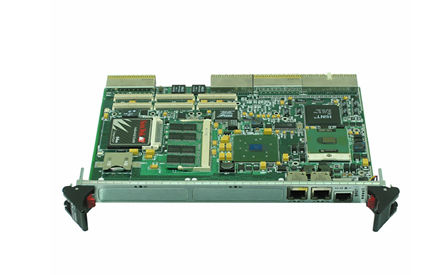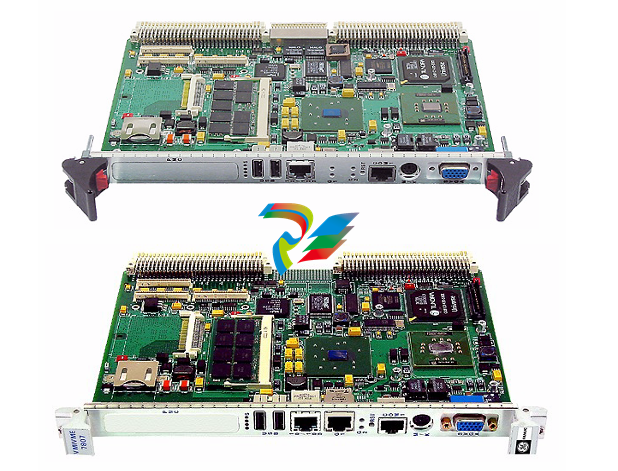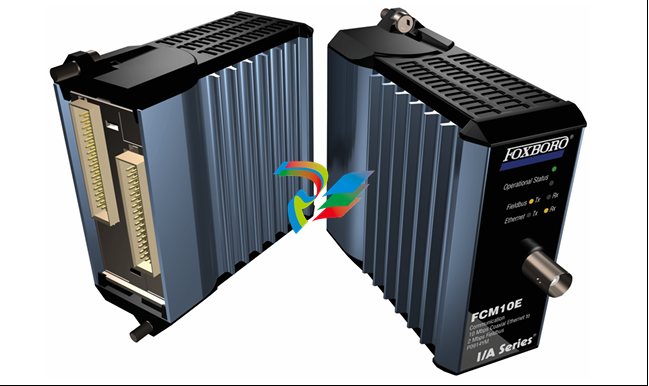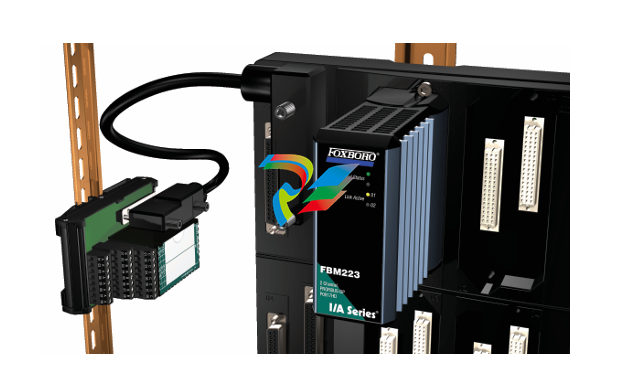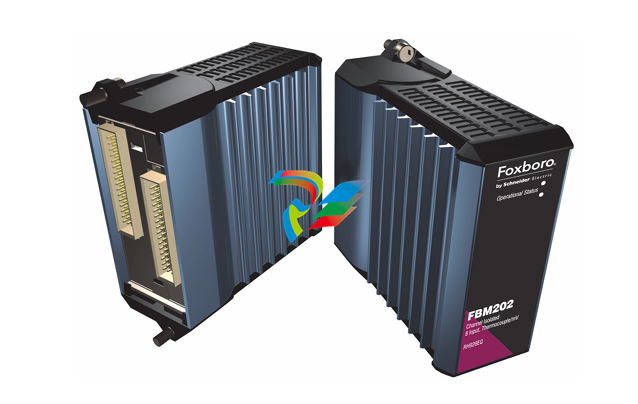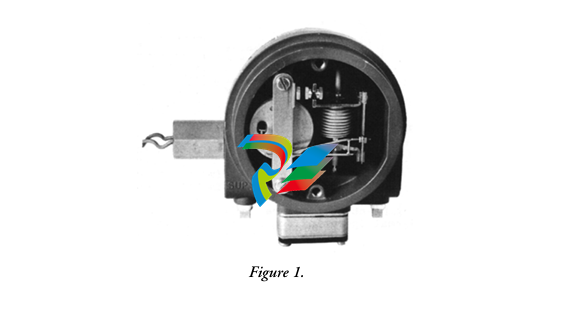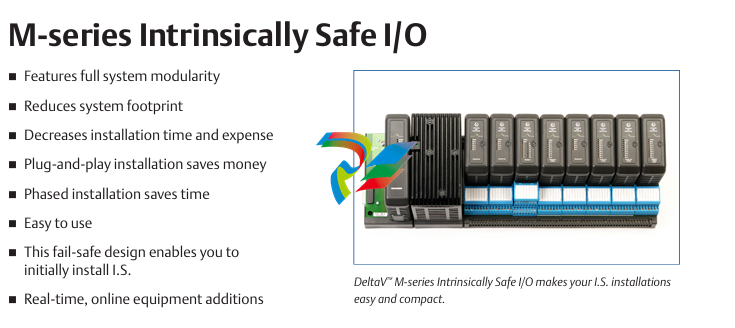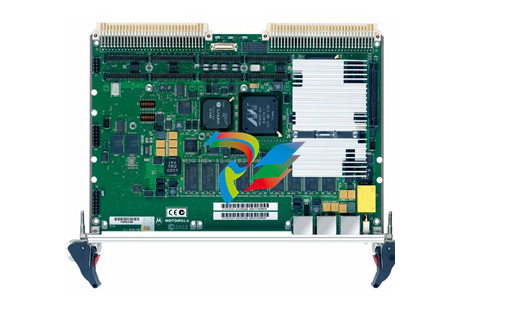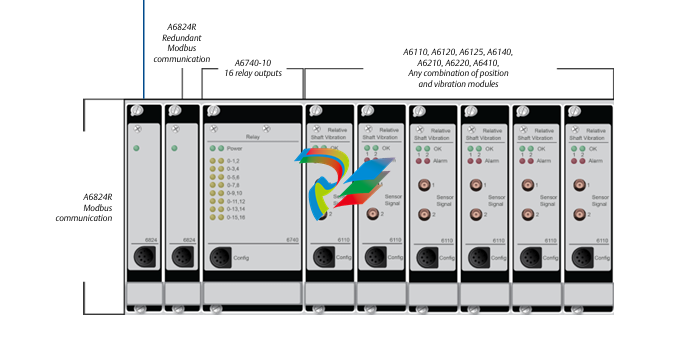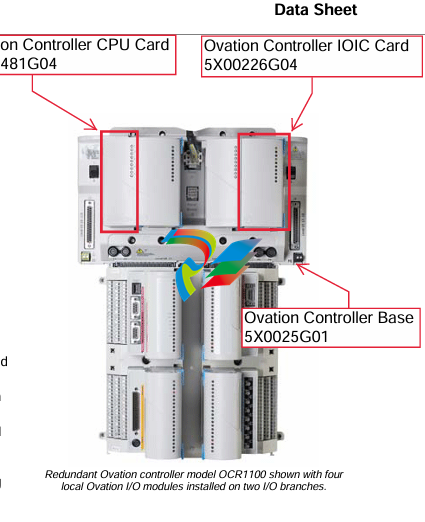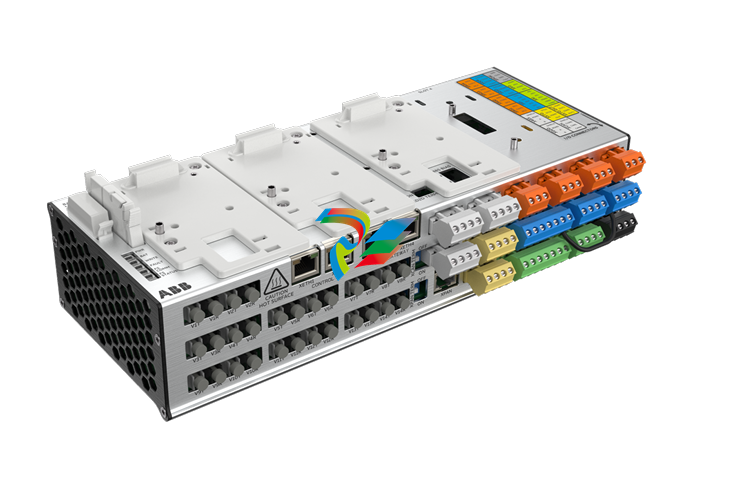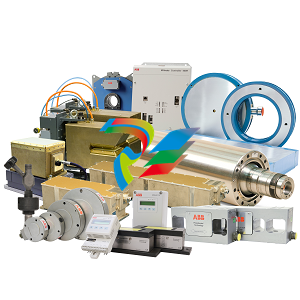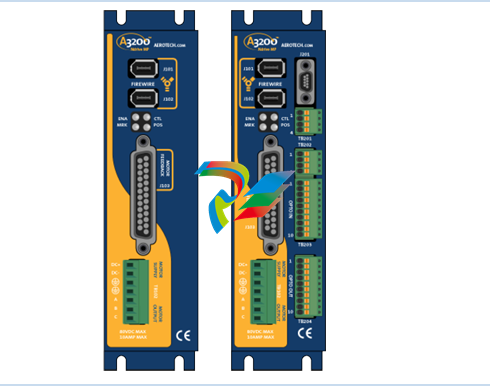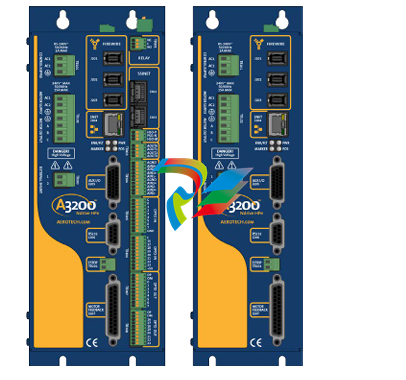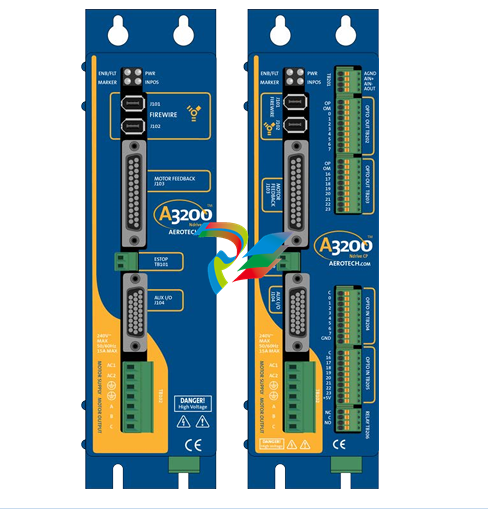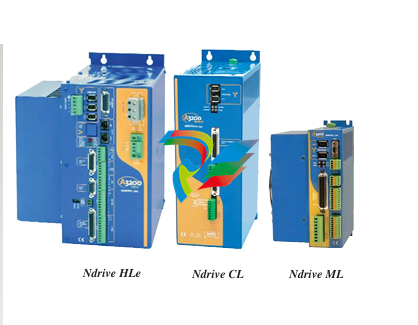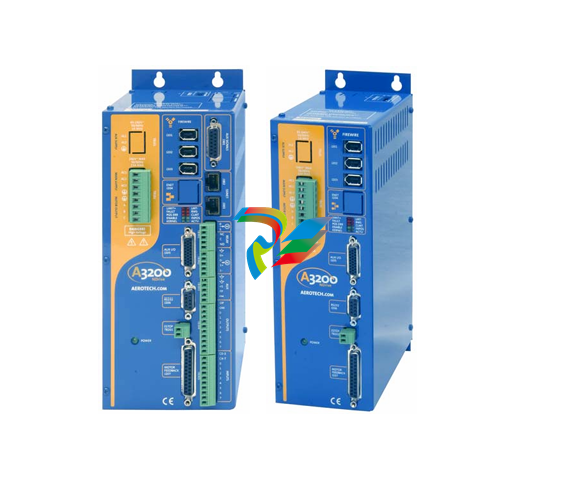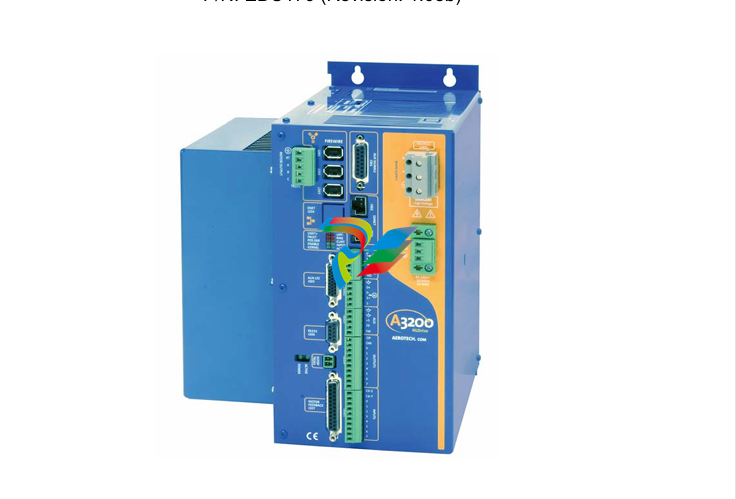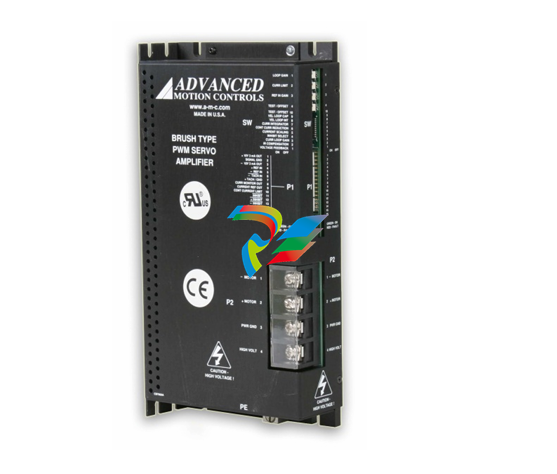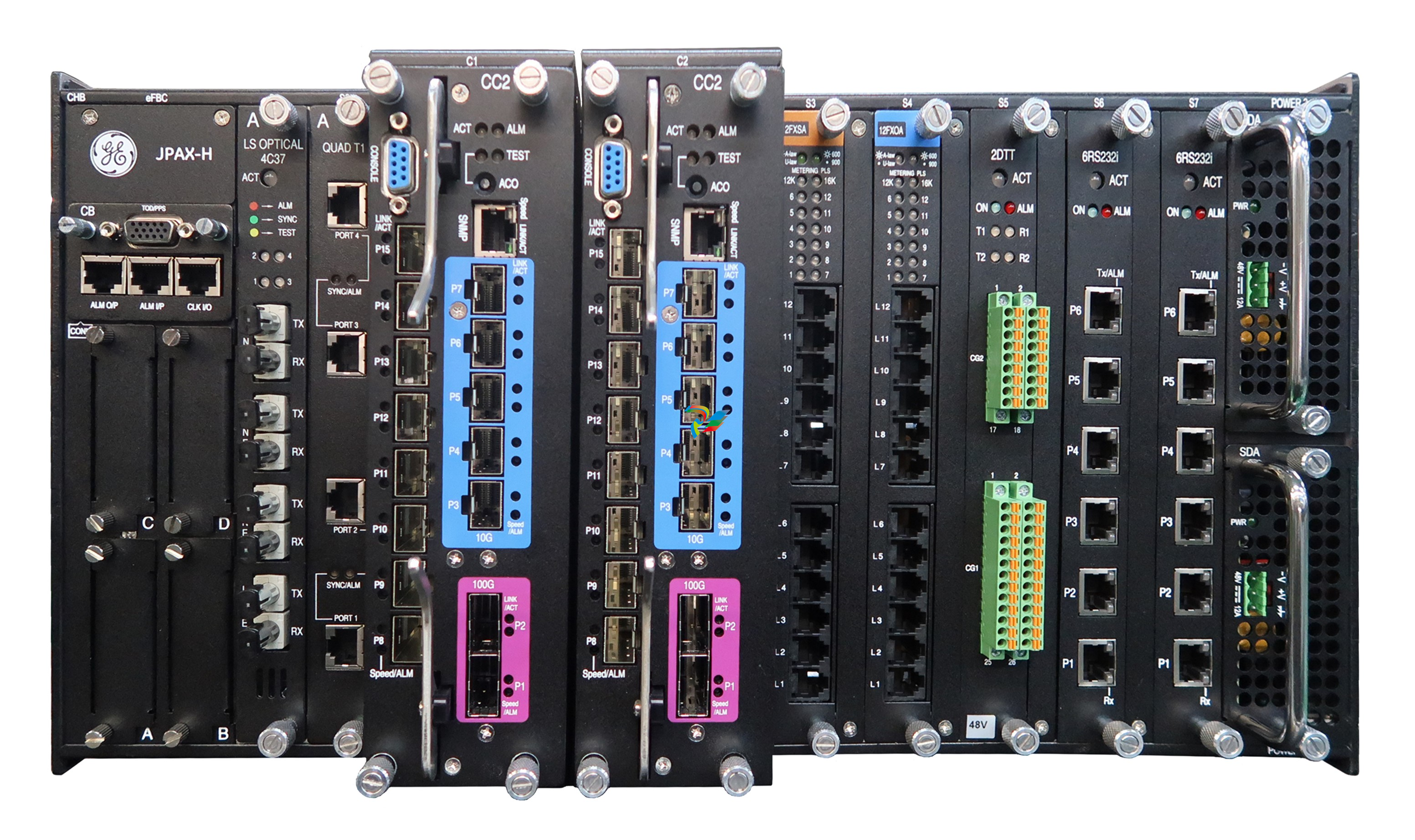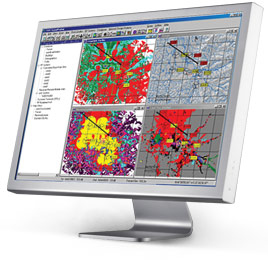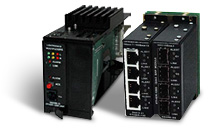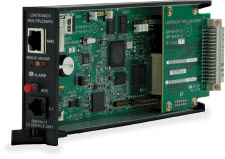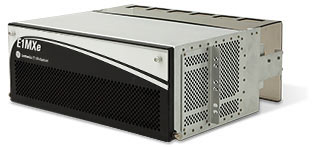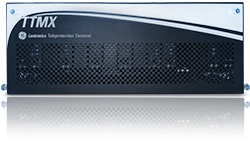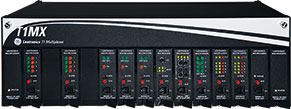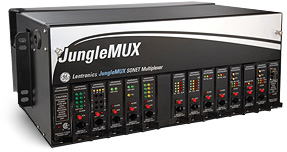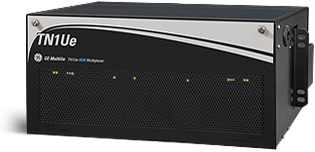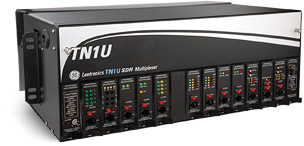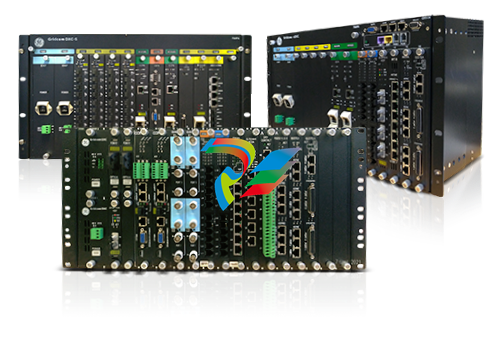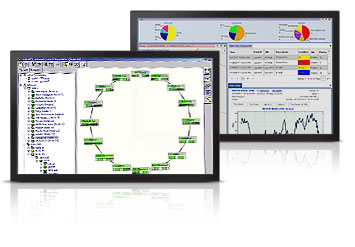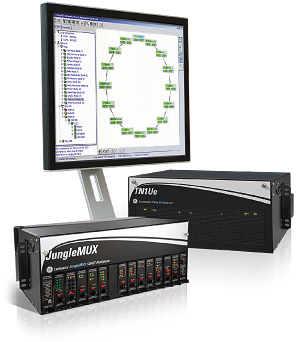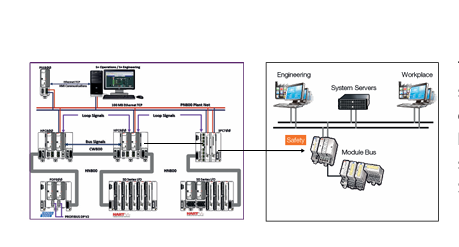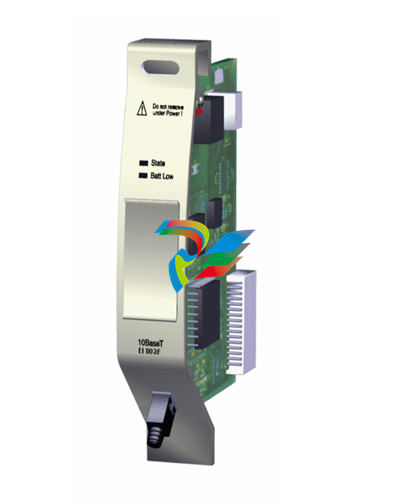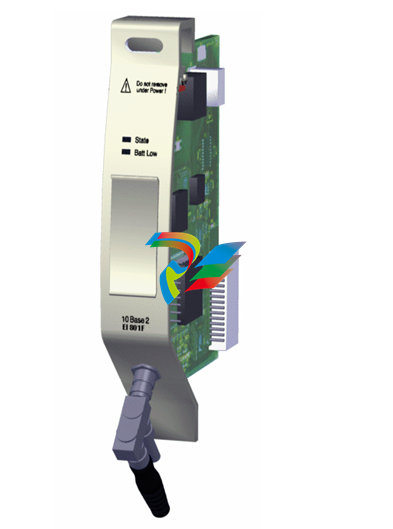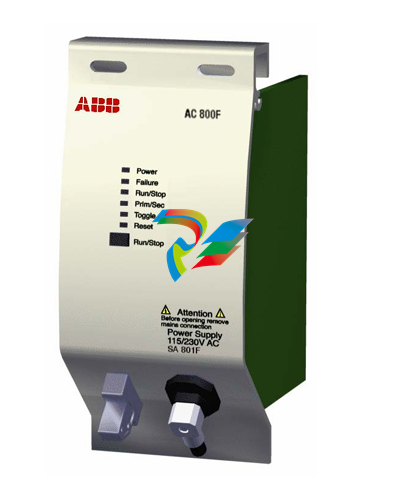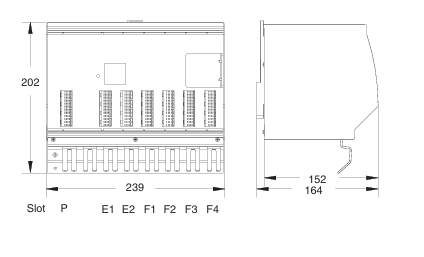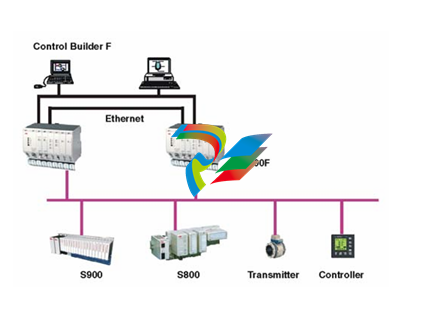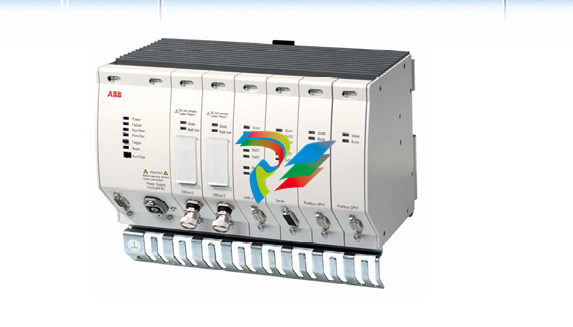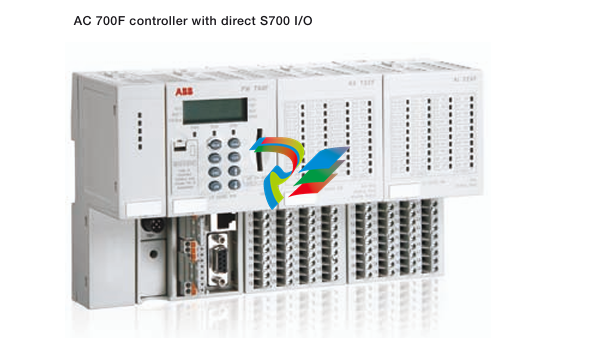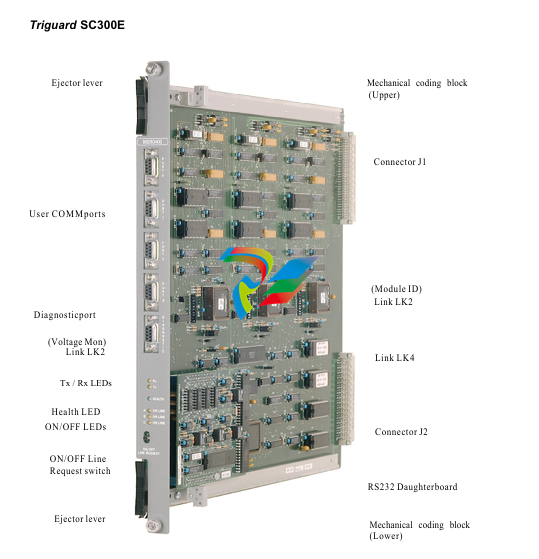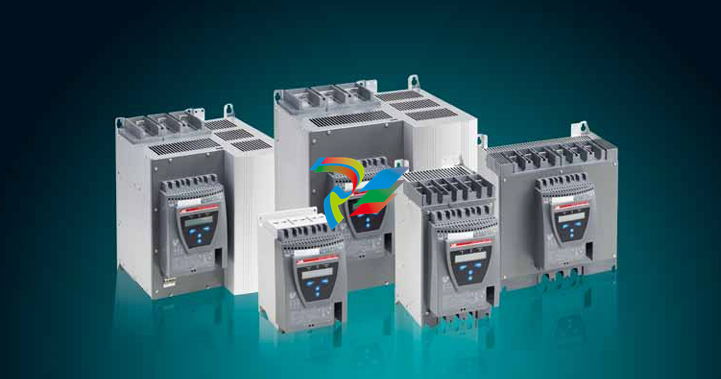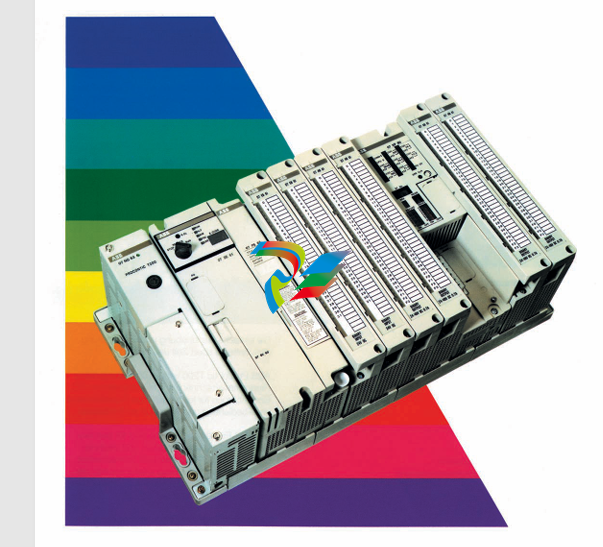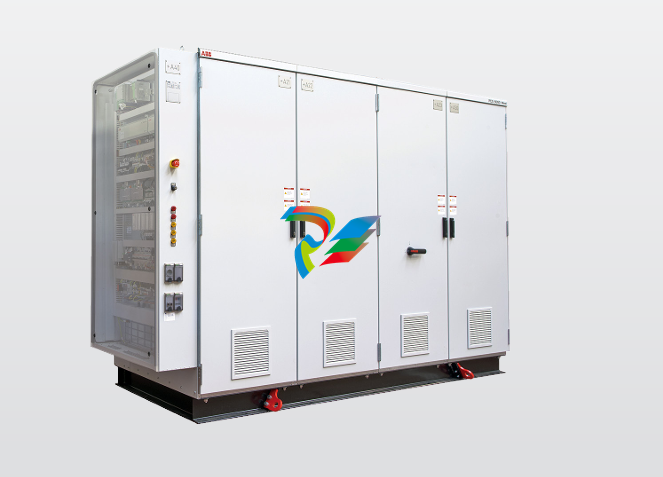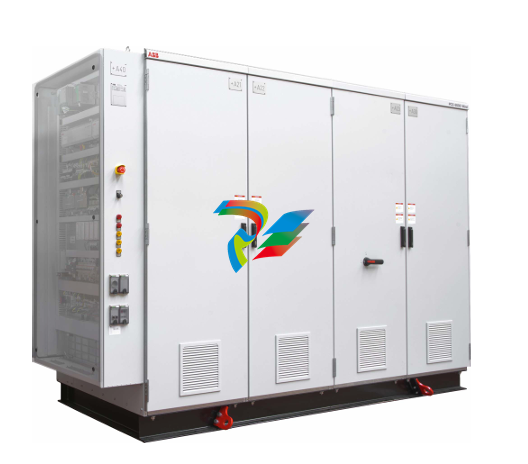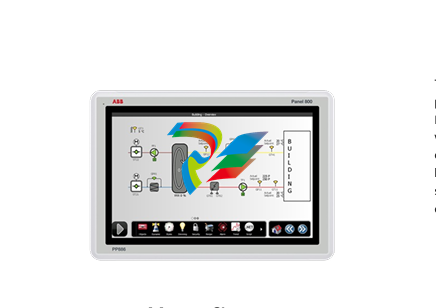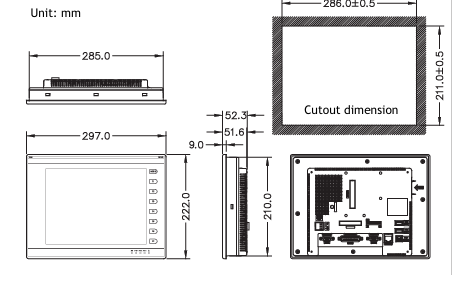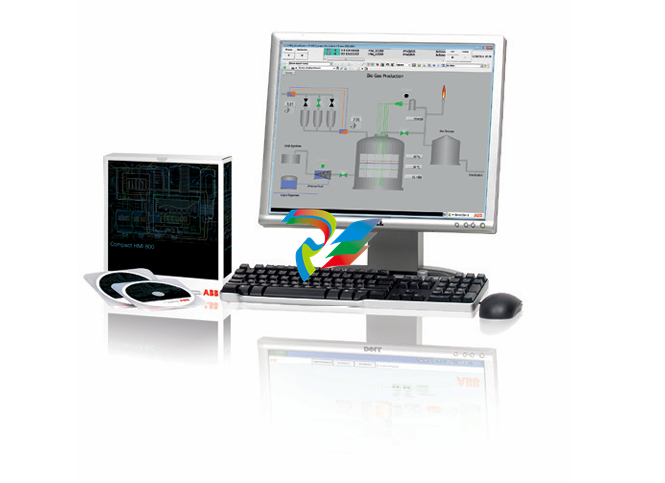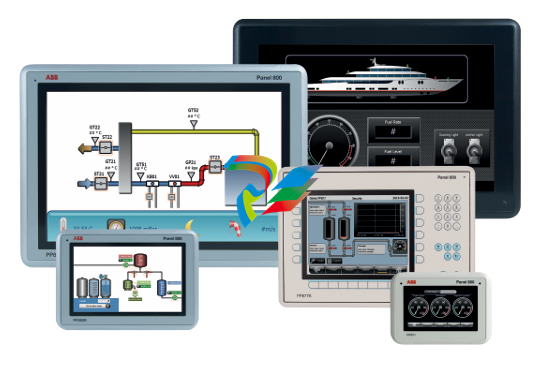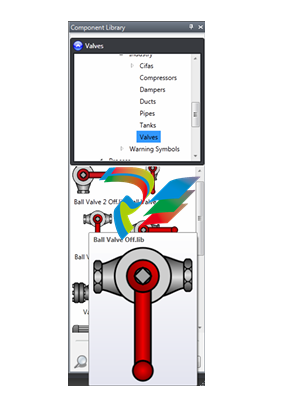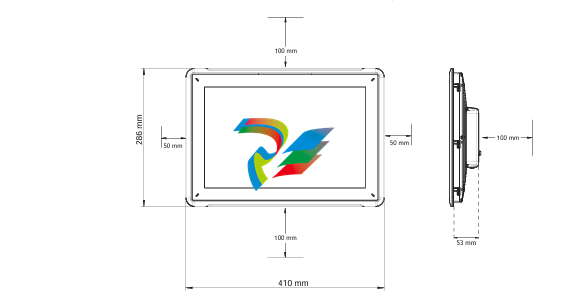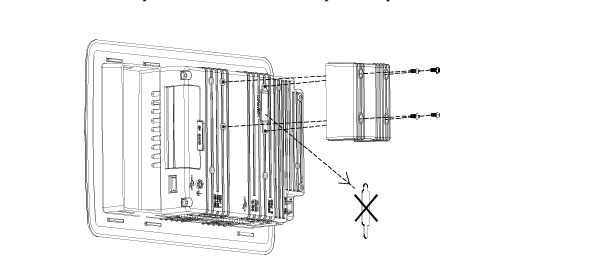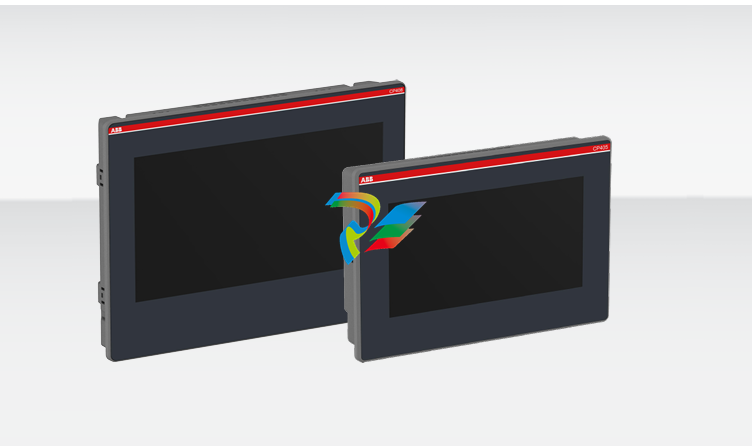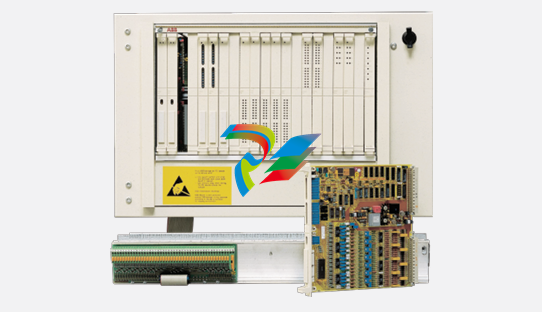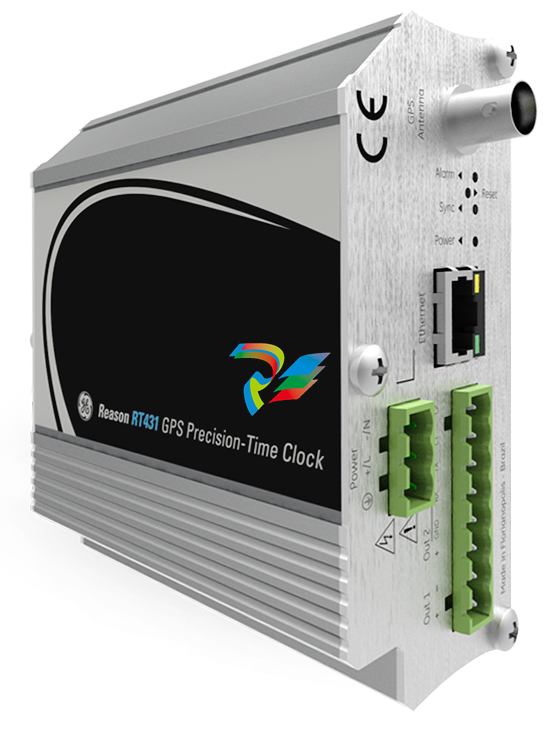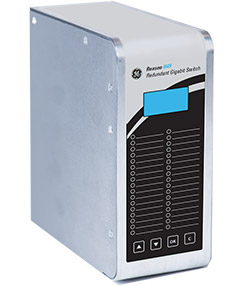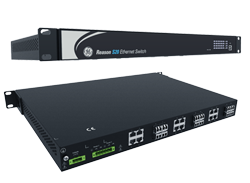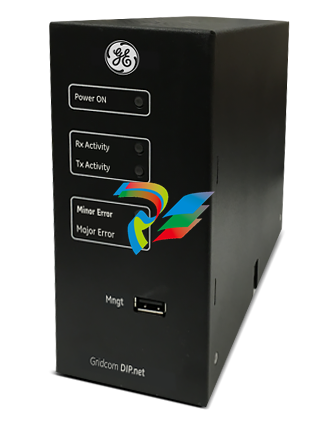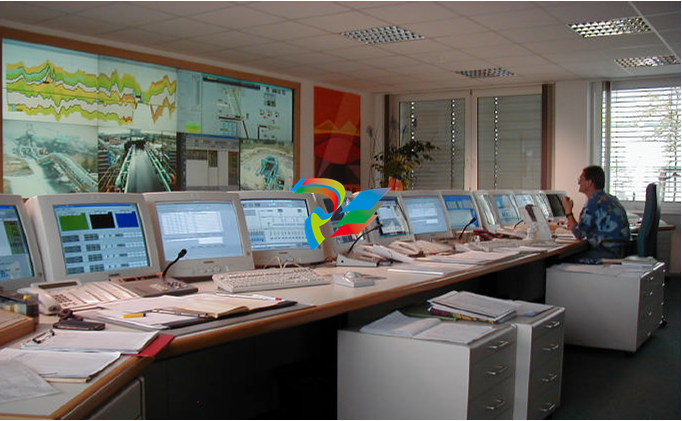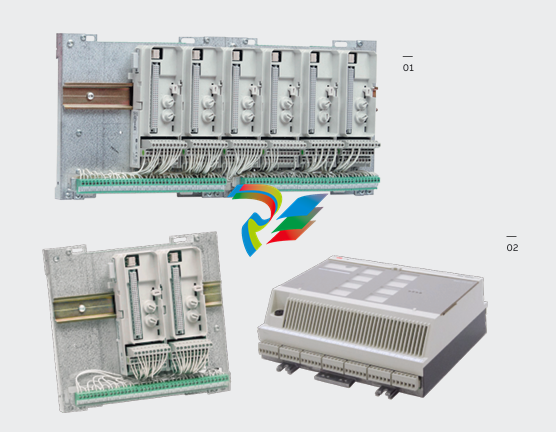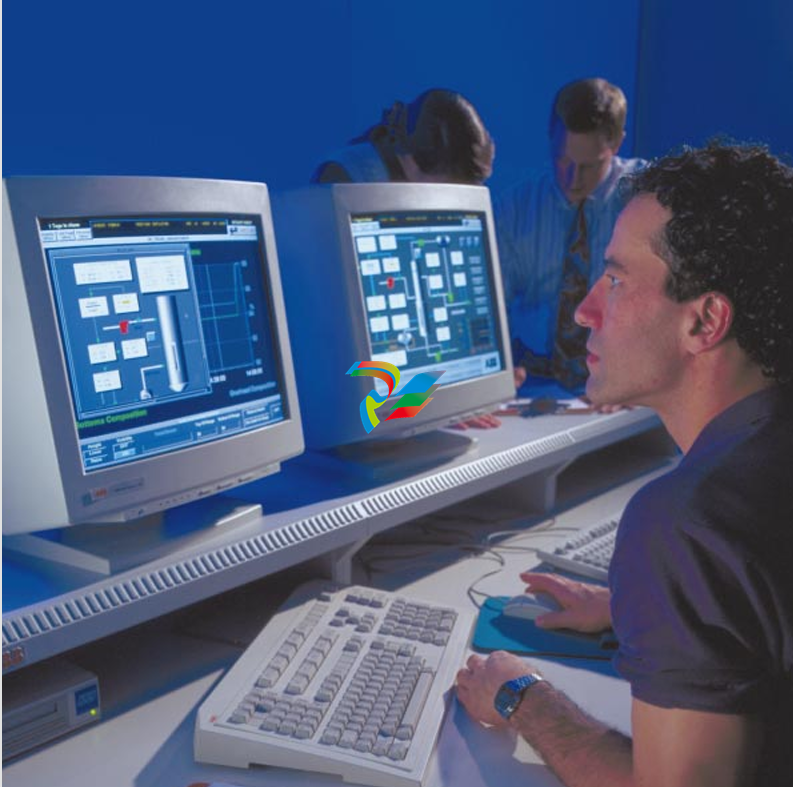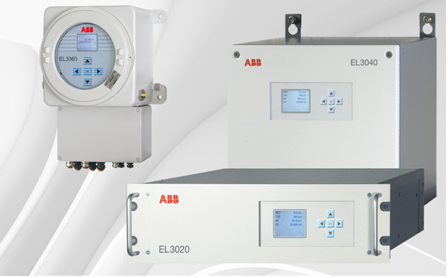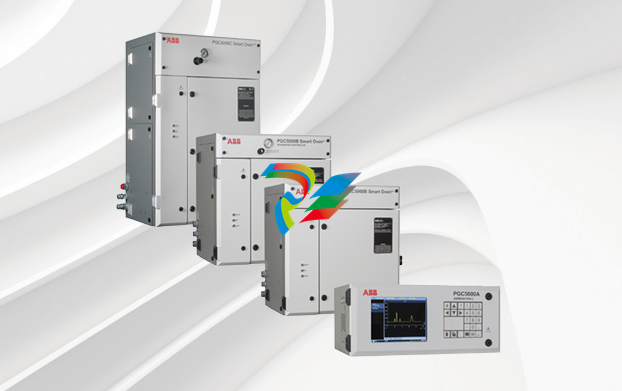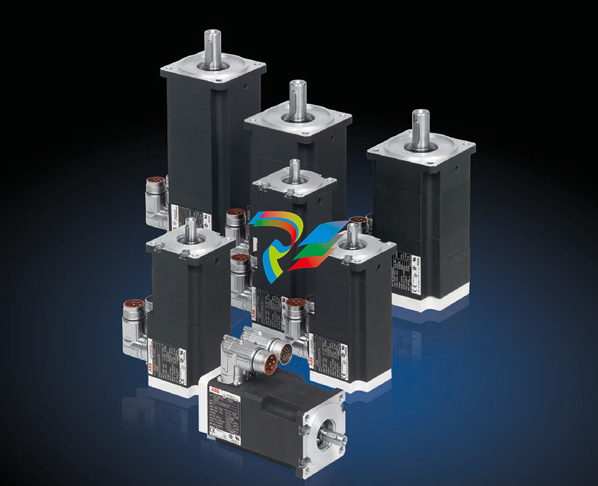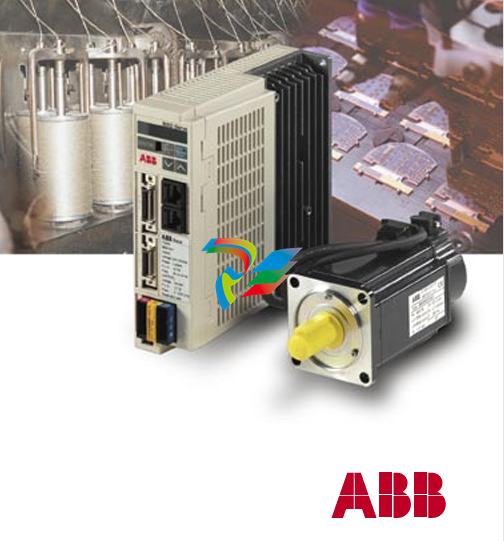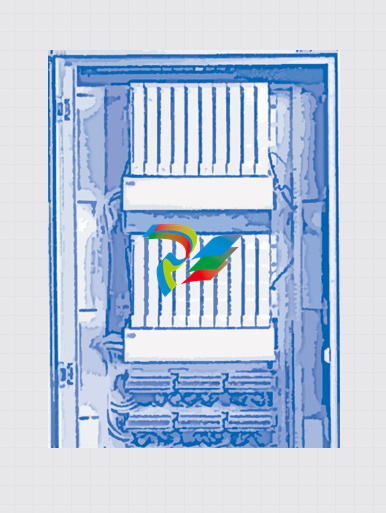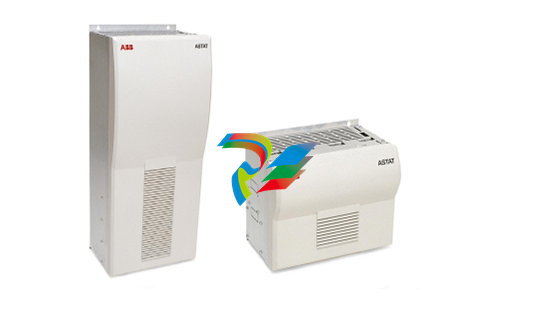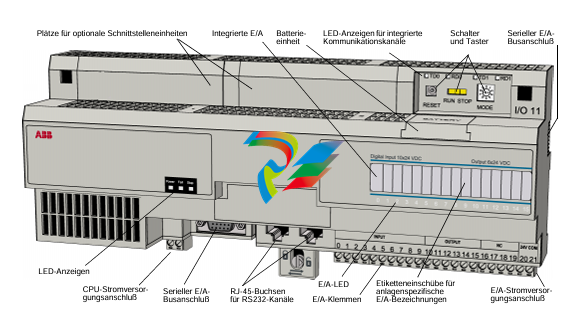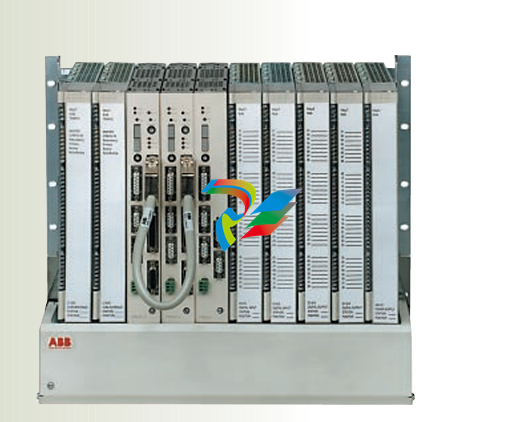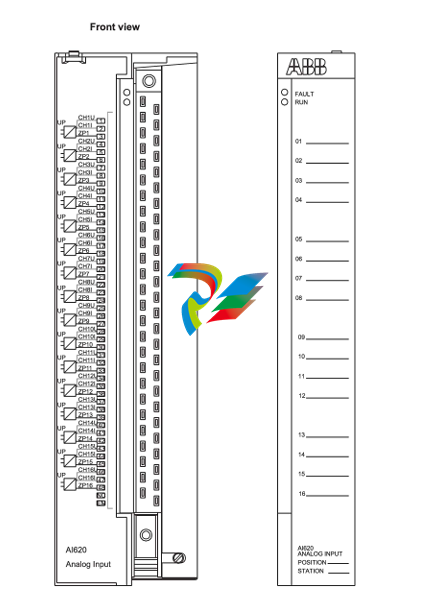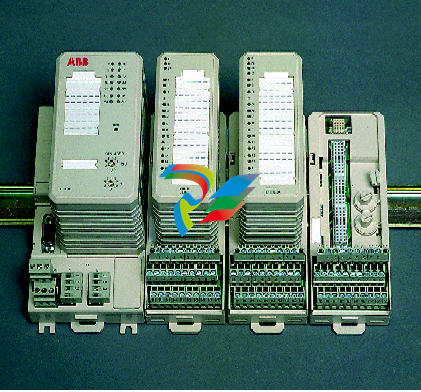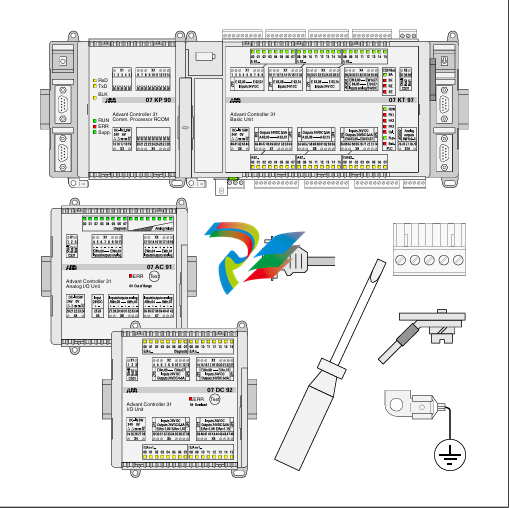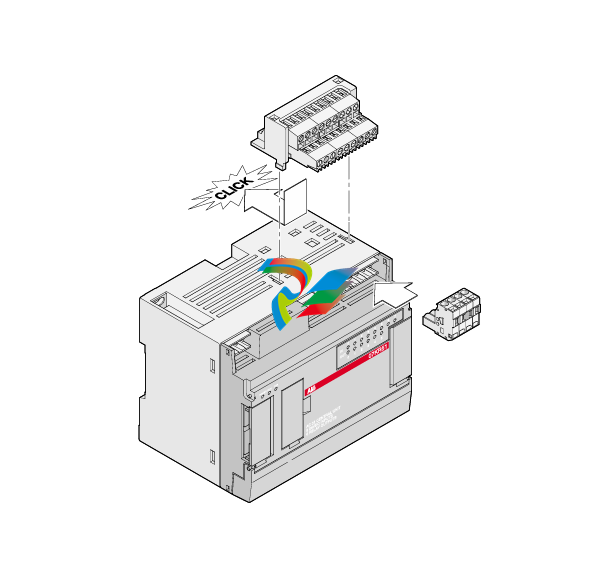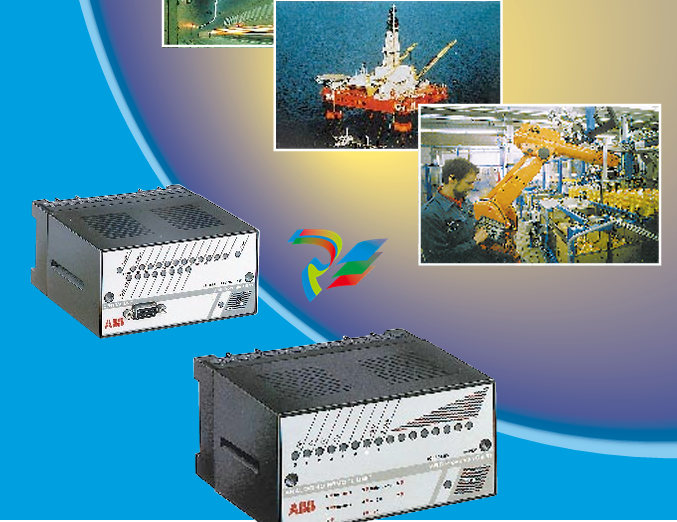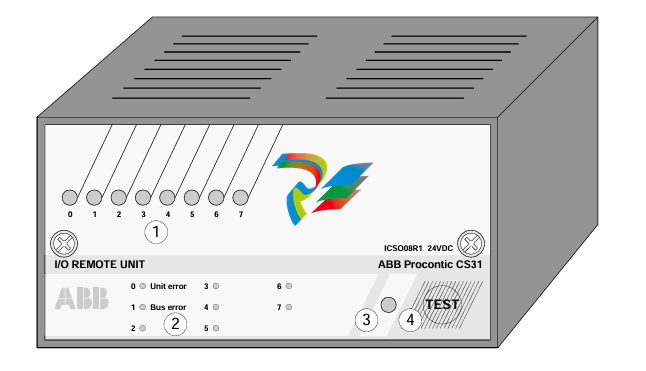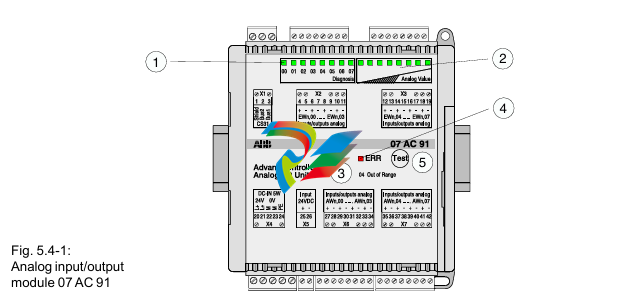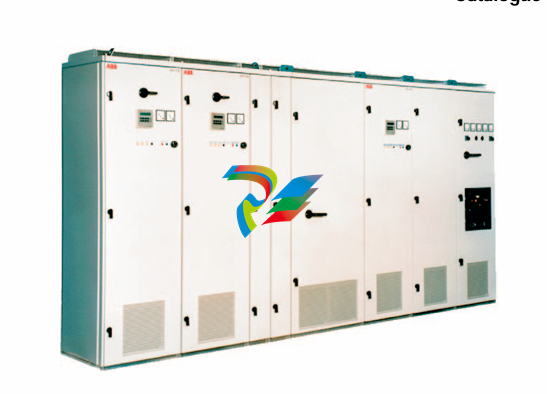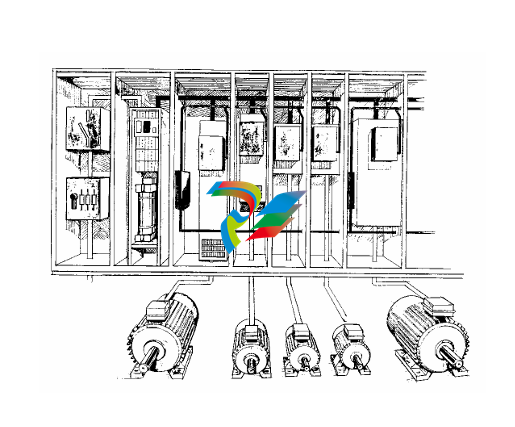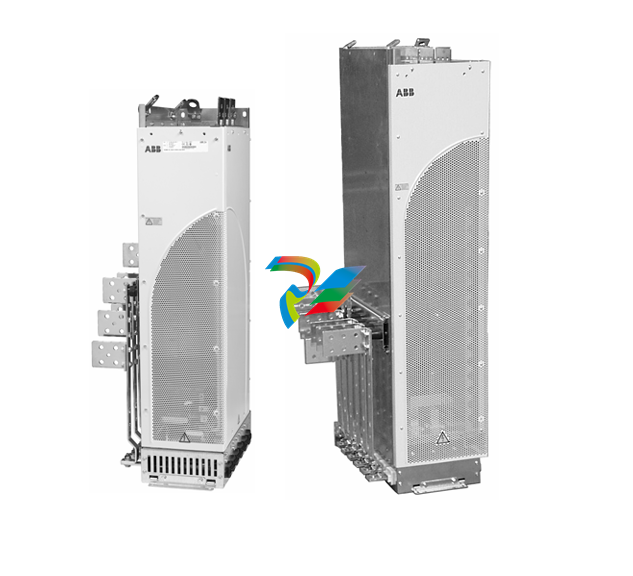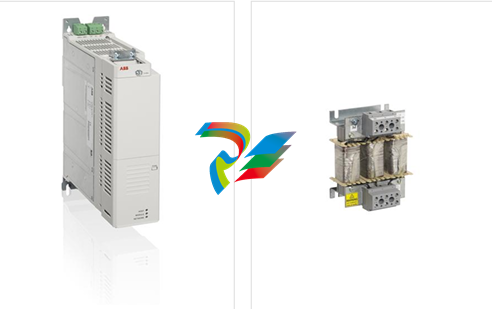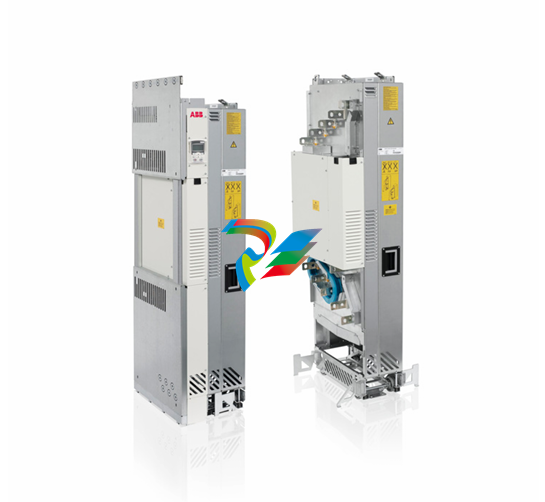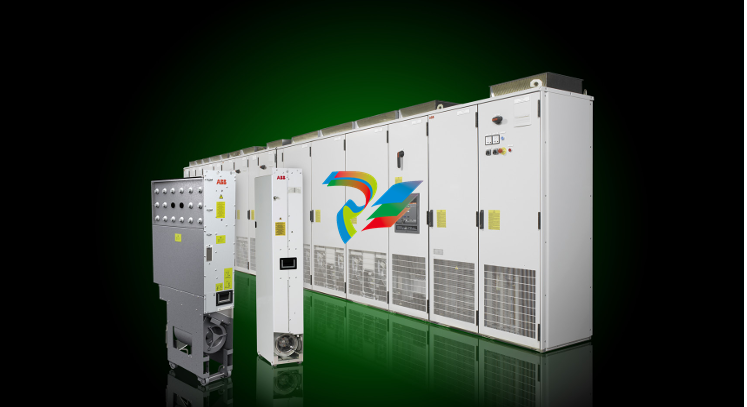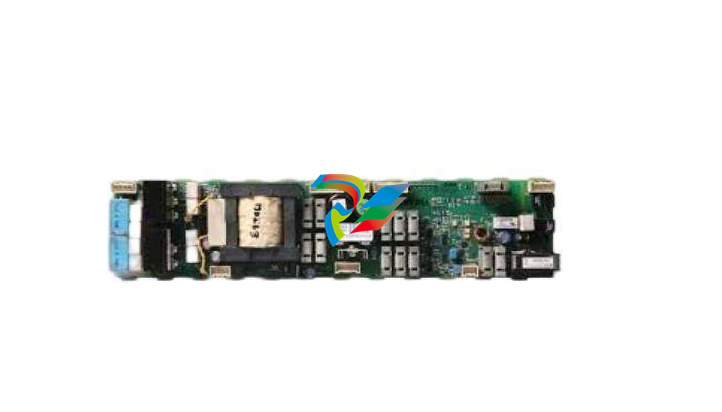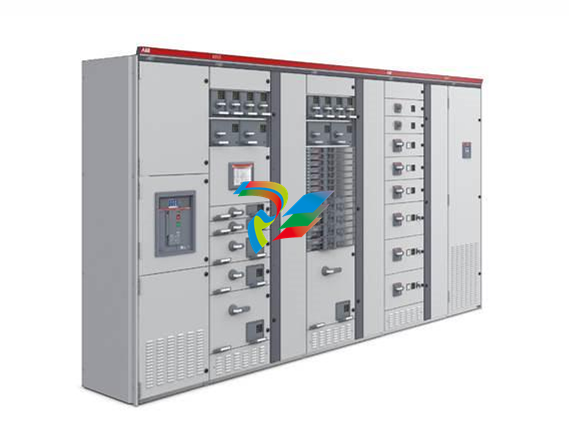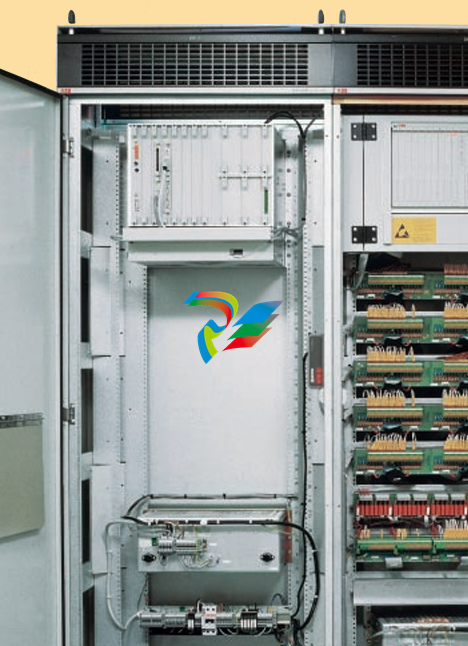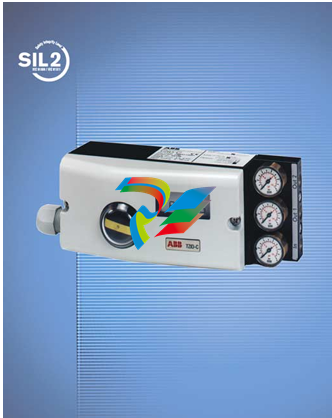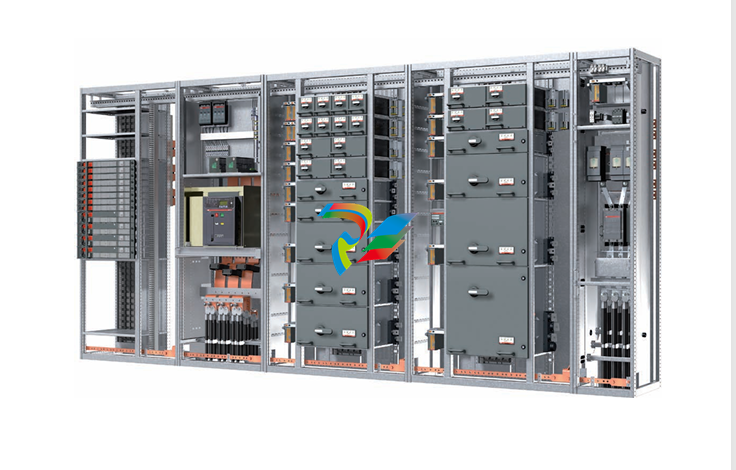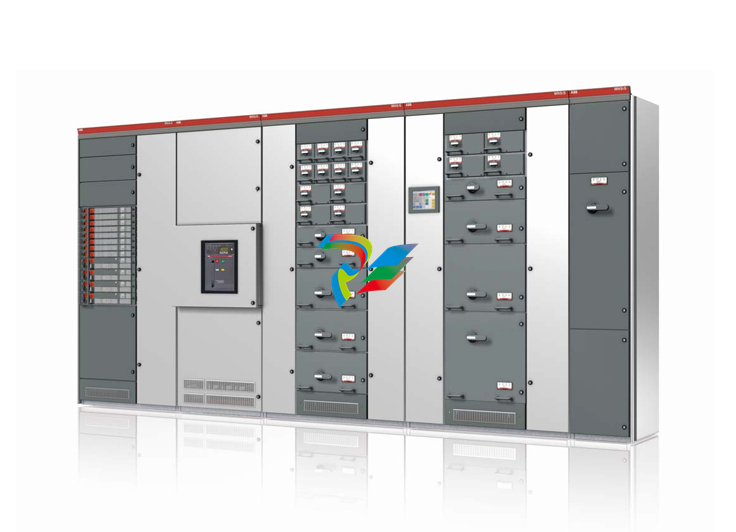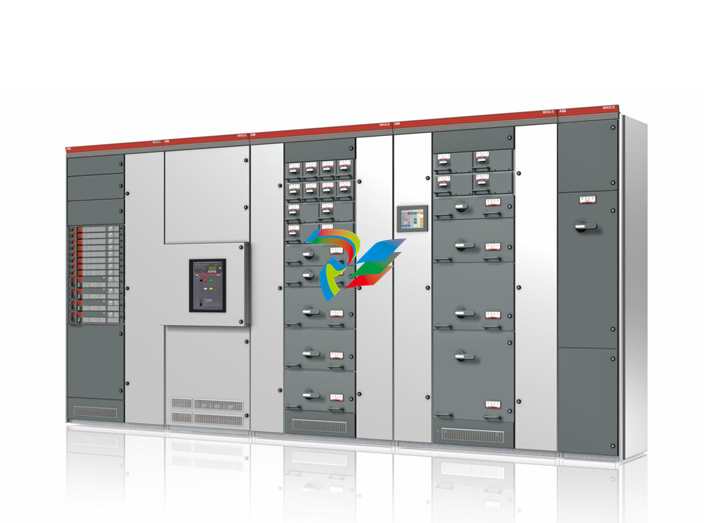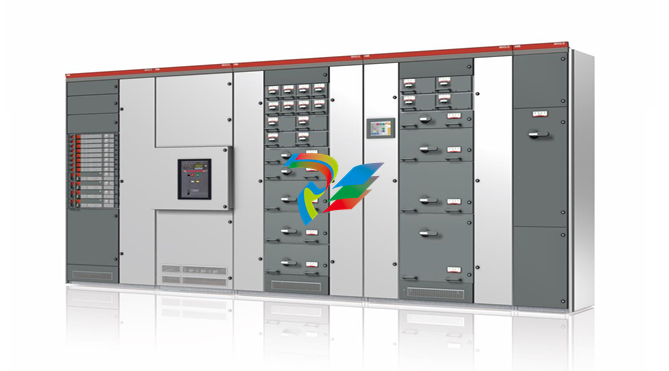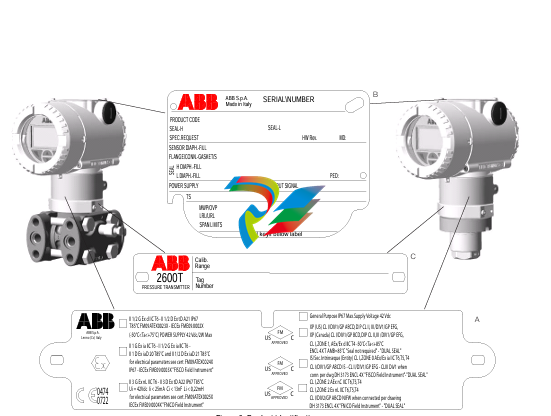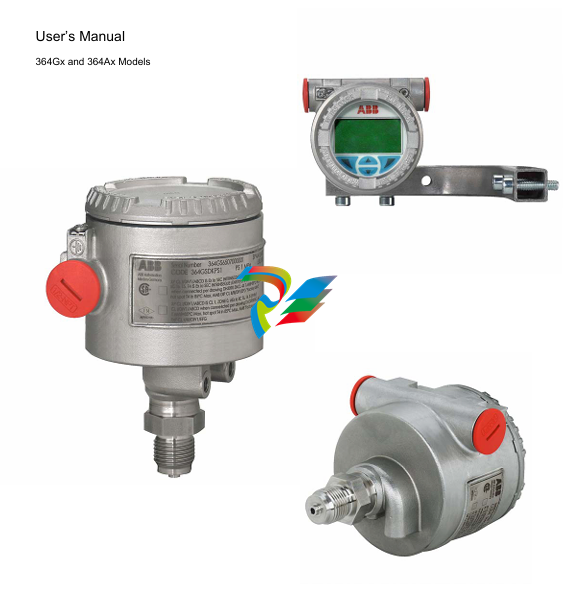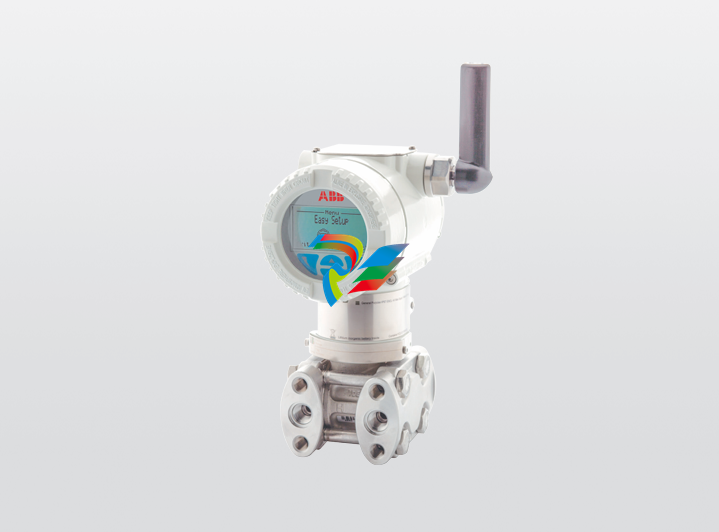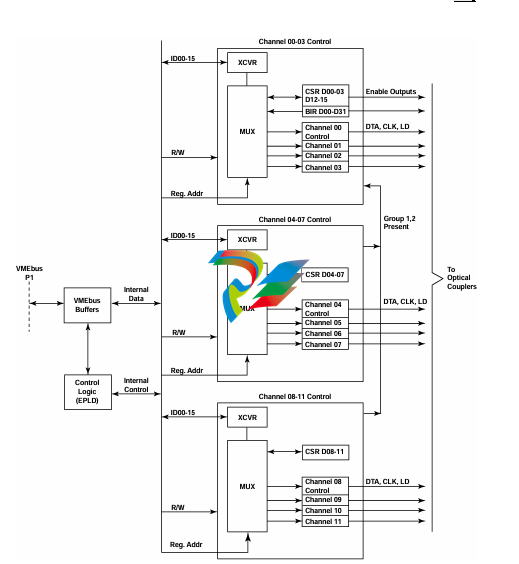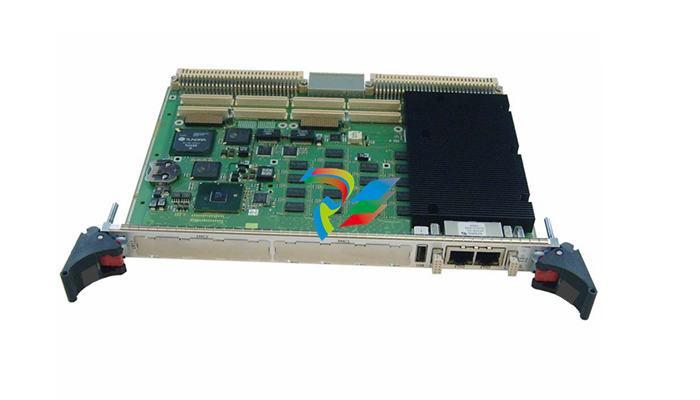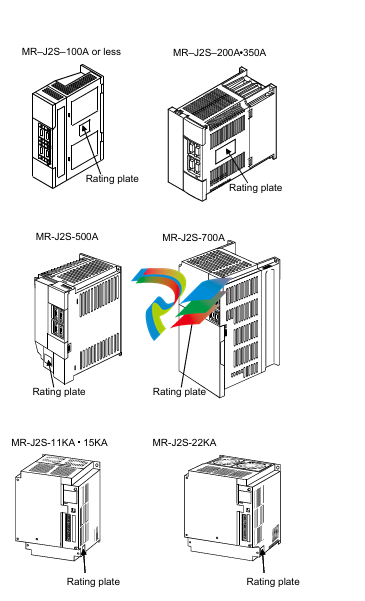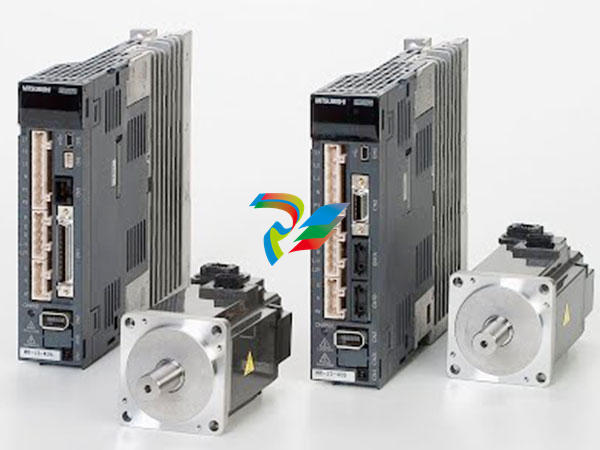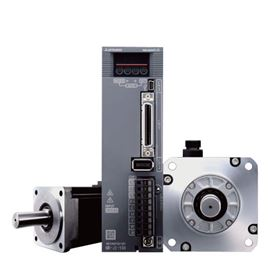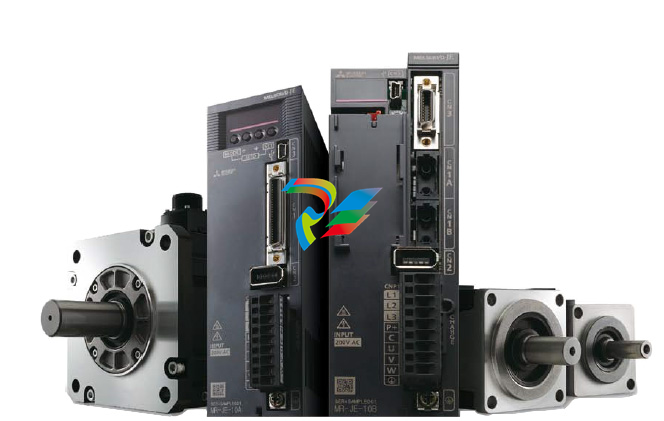
echnical Specifications
Measurement Principle: It typically operates based on Tunable Diode Laser Spectroscopy (TDLS). This technique utilizes tunable diode lasers to emit light at specific wavelengths that can be absorbed by target gas molecules in a highly selective manner. By precisely measuring the absorption of these laser beams by the gases, it can accurately determine the concentration of different gas components present in the sample.
Detection Range: It is capable of detecting a wide variety of gases, including but not limited to common industrial gases like carbon monoxide (CO), carbon dioxide (CO₂), oxygen (O₂), methane (CH₄), and hydrogen sulfide (H₂S). The detection ranges for these gases can vary depending on the specific model and configuration, but generally, it can cover from very low ppm (parts per million) levels for trace gas analysis up to relatively high volume percentages for major gas components in certain applications.
Accuracy and Precision: It offers high accuracy in gas concentration measurements. The accuracy can typically reach within a few percent of the actual gas concentration, depending on calibration and operating conditions. The precision is also excellent, allowing for reliable and consistent results even in fluctuating environmental conditions.
Applications

Industrial Processes: In industries such as petrochemical, chemical manufacturing, power generation, and steel production, it is used to monitor gas compositions in process streams. For example, in a natural gas processing plant, it can continuously measure the methane content and impurities like CO₂ and H₂S to ensure the quality of the final product and the efficiency and safety of the production process.
Environmental Monitoring: It plays an important role in monitoring air quality in both indoor and outdoor environments. In industrial areas, it can detect emissions of harmful gases to assess compliance with environmental regulations. In buildings, it can be used to monitor indoor air quality by measuring levels of CO₂, VOCs (Volatile Organic Compounds), etc., to ensure a healthy living and working environment.
Research and Development: In scientific research laboratories, especially those focused on gas chemistry, combustion studies, or materials science where gas analysis is crucial, the TDLS8000 can provide detailed and accurate data on gas species and their concentrations, helping researchers understand reaction mechanisms and optimize experimental conditions.
Advantages
Real-time Monitoring: It enables continuous, real-time monitoring of gas concentrations, allowing for immediate detection of any changes or anomalies in the gas composition. This quick response is vital for taking timely corrective actions in industrial processes or environmental protection scenarios.
Non-intrusive and In-situ Measurement: Since it is designed for in-situ analysis, it doesn't require sampling and transporting the gas to a separate analyzer, reducing the potential for sample contamination and errors. It can be directly installed at the measurement point in a pipeline, a reactor, or an environmental monitoring site.
Reliability and Stability: Built with high-quality components and advanced engineering, it has a robust design that can withstand harsh operating conditions such as high temperatures, pressures, and corrosive environments. It offers stable performance over long periods, minimizing the need for frequent maintenance and calibration.
| User name | Member Level | Quantity | Specification | Purchase Date |
|---|





